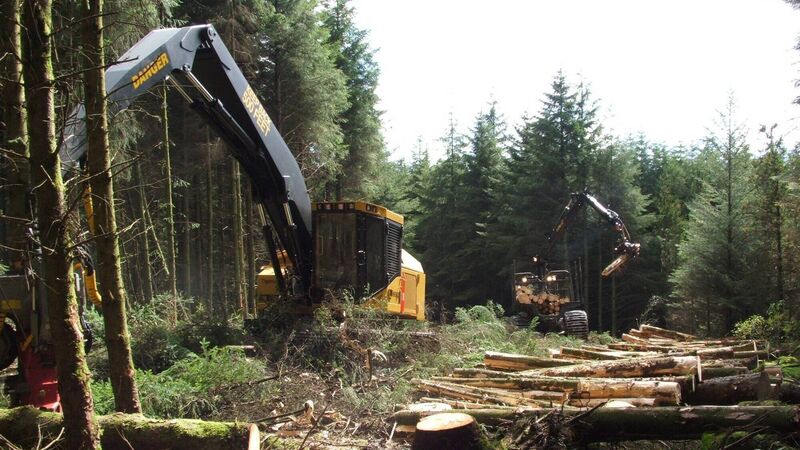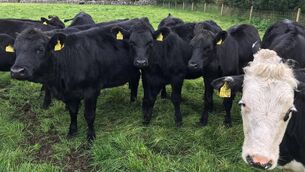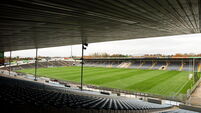Cork and Kerry have highest afforestation area in the country

Harvesting and selling timber from conifer forests. File Picture.
The Department of Agriculture has published its Forest Statistics Report for 2021.
According to the details, the total expenditure last year was €79.2m which includes afforestation grants, annual premium payments, and grants for forest road infrastructure.
In 2020, 2,434ha of new forests were created - Cork had the highest afforestation area at 293ha followed by Kerry at 289ha.
Nationally, conifer species are the dominant species present, representing 71% of forest area while broadleaved species account for 29%.
The proportion of broadleaves in new forests created during 2020 is 34% - an increase of 9% over the area established in 2019.
Native Woodlands established as part of the afforestation scheme in 2020 represented 19% of the total area - an increase of 10% over the area established in 2019.
Over half (50.8%) of forests are in public ownership, with the remainder in private ownership.
Farmers account for 81% of private lands afforested between 1980 and 2020.
Since 1980, over 23,000 private landowners have received grant aid to establish forests.
The average size of private grant-aided afforestation since 1980 is 8.6ha.
The construction of nearly 100km of private forest roads was funded during 2020 and this reflects the projected increase in timber and wood to be harvested which is expected to double by 2030.
Felling licences were issued during 2020, for the thinning of 7,605ha and the clear-felling of 11,870ha.
Meanwhile, according to the State of Europe’s Forests 2020 report, Ireland has one of the highest annual rates of change in forest area in Europe, expressed as a percentage of total forest area.
Forests and forest products play an important role in mitigating climate change by sequestering and storing atmospheric carbon dioxide.
In 2019, Ireland’s forests removed close to 5m tonnes of carbon dioxide.
Minister of State at the Department of Agriculture, Food and the Marine, Senator Pippa Hackett, said that as she engages with stakeholders on the commitments in the Programme for Government and Project Woodland, the reliable statistics will help her to chart the progress of implementation.
“‘Forest Statistics - Ireland 2021’ is a compilation of statistics on the forest estate and the forest industry in Ireland,” she added.
“It is the definitive compendium of up-to-date information on forestry in Ireland and is the go-to reference document for anybody interested in the subject.
“The information in the annual report demonstrates the Government’s ongoing commitment to forestry.
“I am particularly pleased with the increase in the proportion of broadleaves afforested from 25% in 2019 to 34% in 2020.
“A similar increase occurred in the Native Woodland Establishment scheme operated by my Department.”









